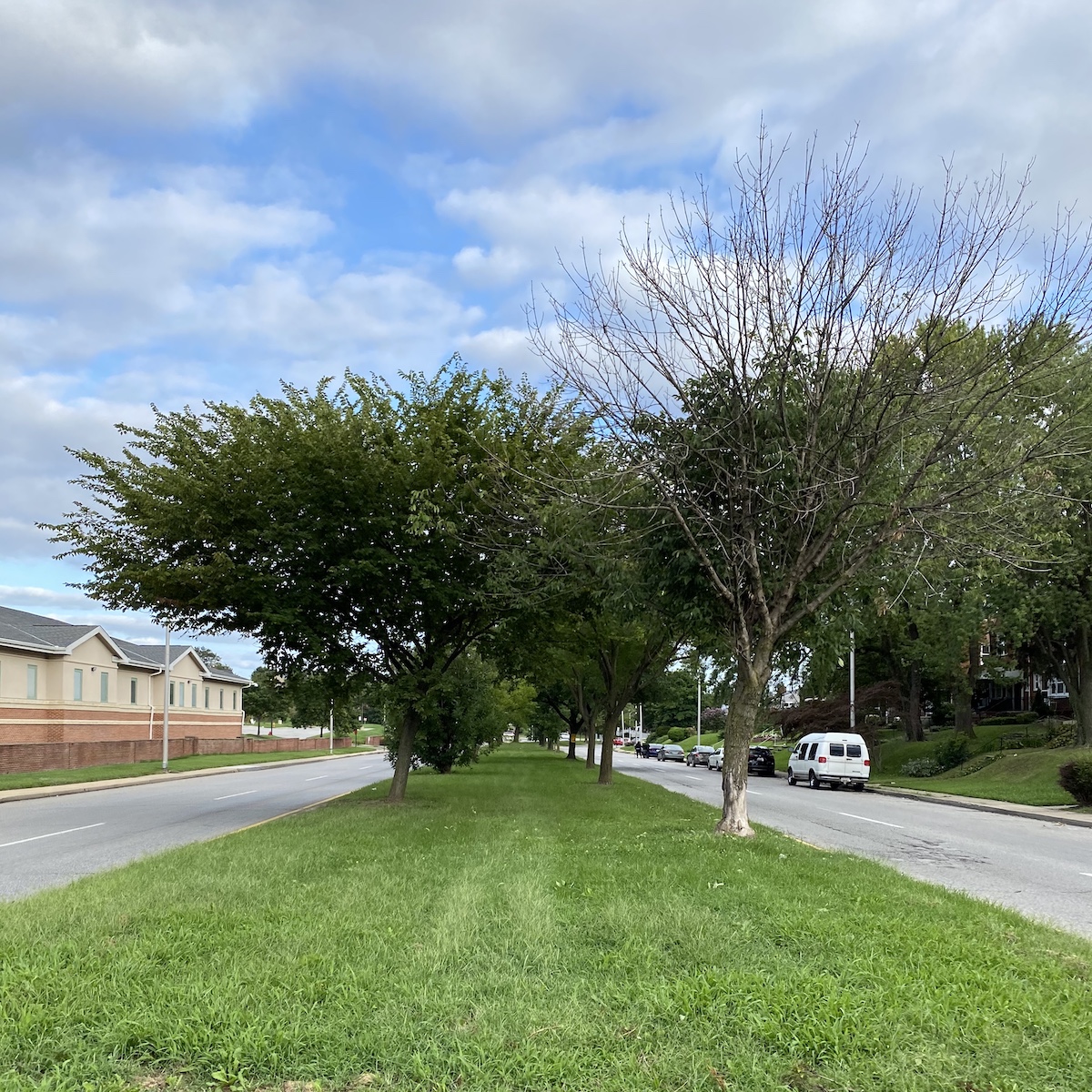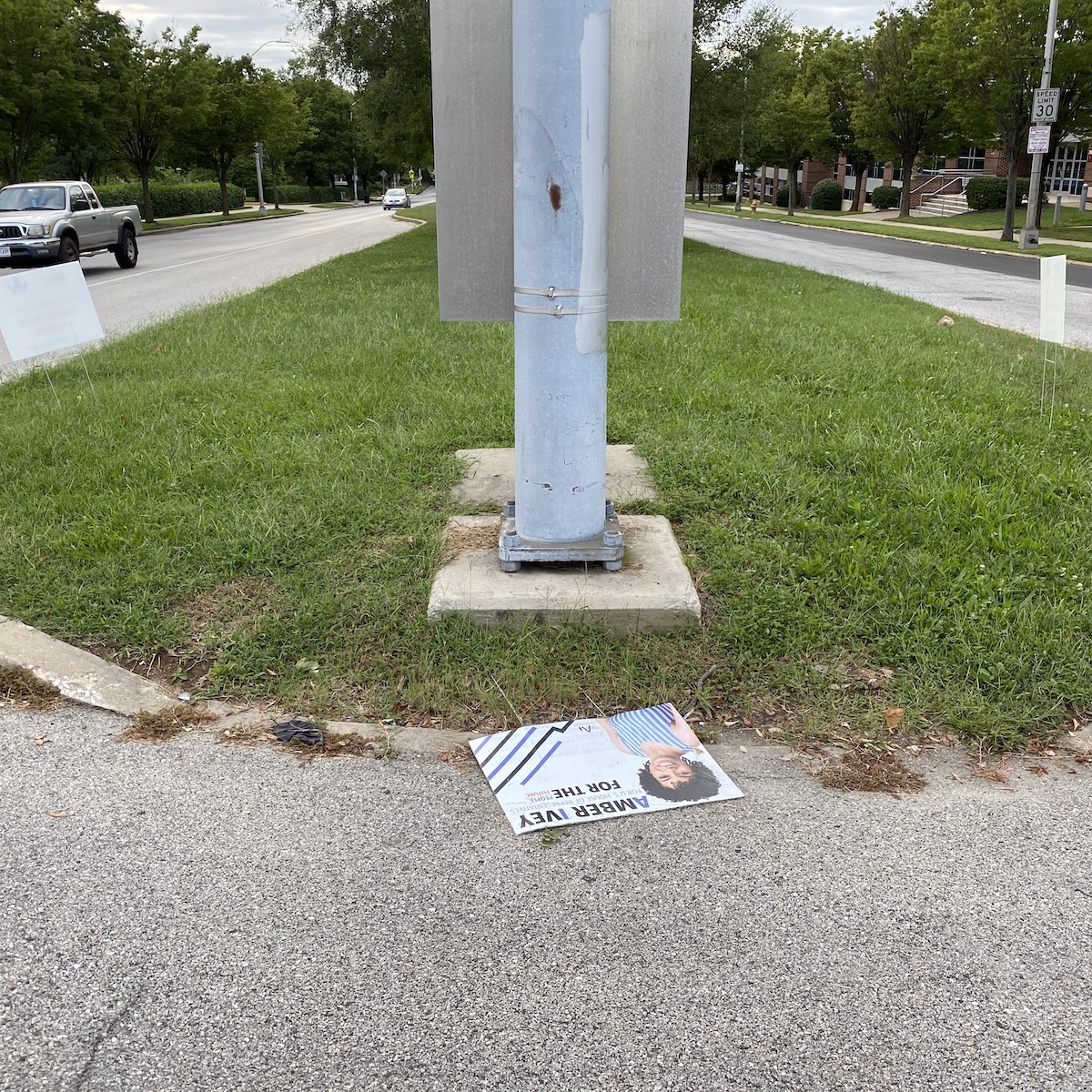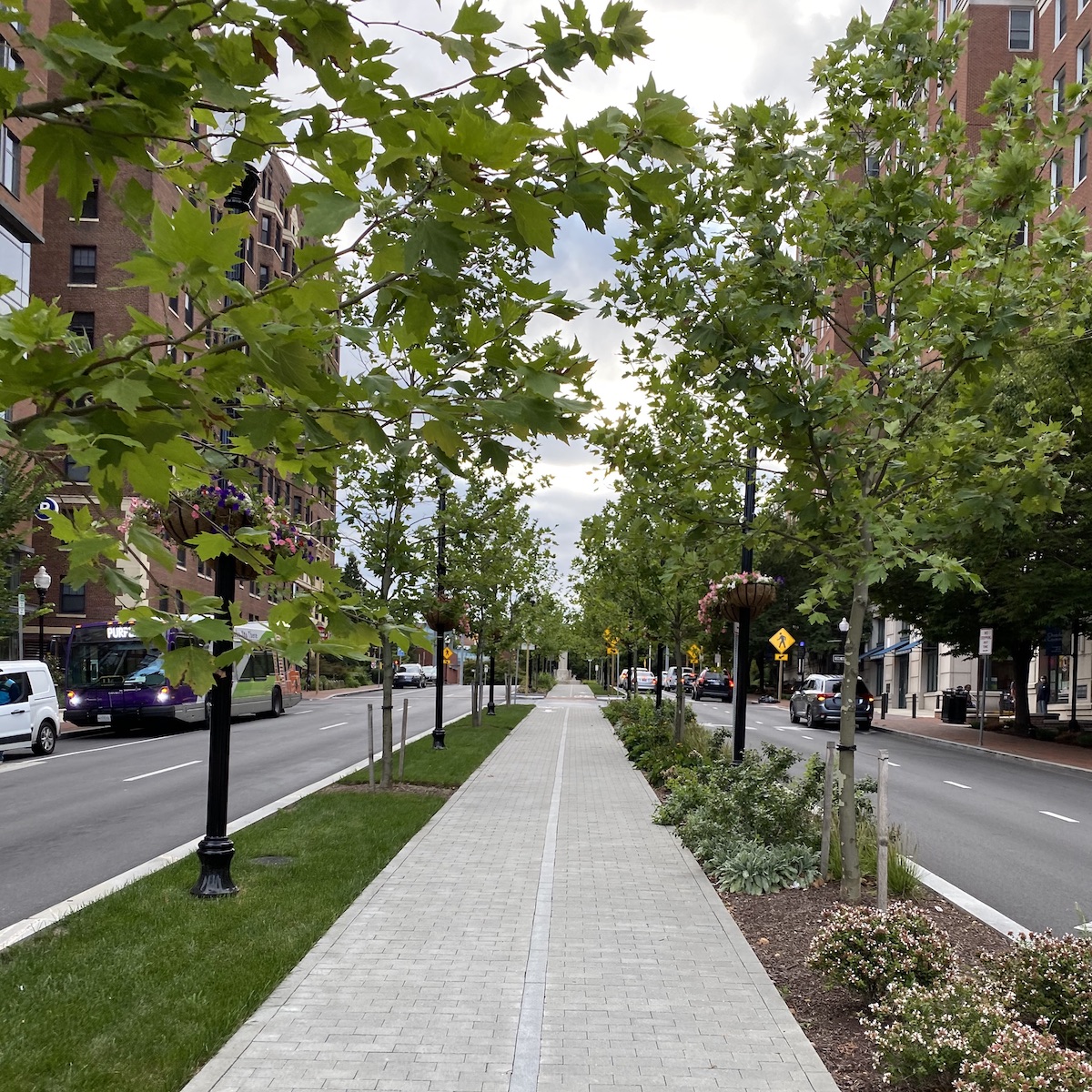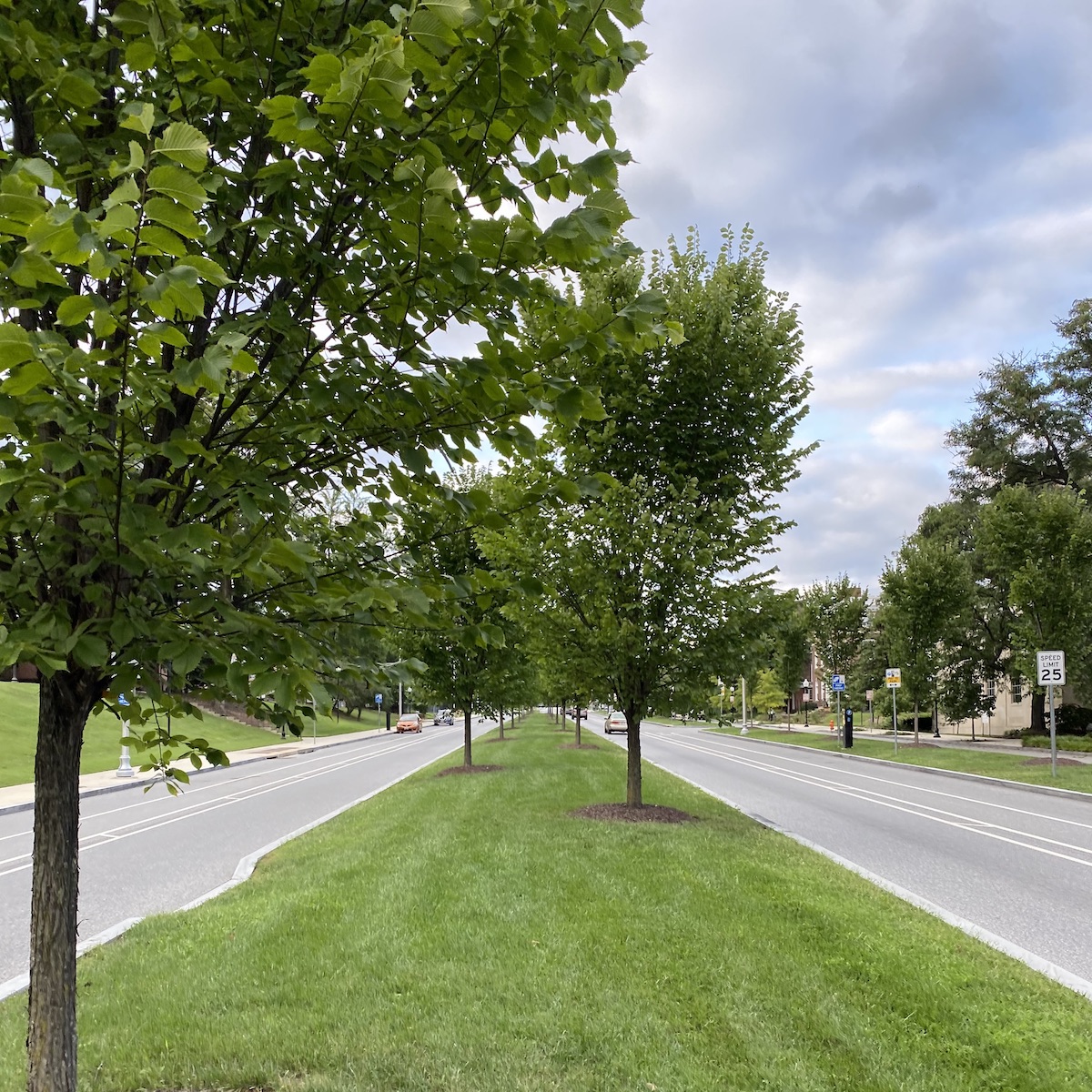running the Olmsted parkways
The other day I decided to run a loop from my house, following the Olmsted Parkways. These are wide grassy medians lined with trees, originally designed by the Olmsted brothers to be pedestrian connectors between city parks. The Olmsteds were early landscape architects who designed Central Park, along with many of the neighborhoods in Baltimore.

It was really quite lovely. The trees in many of these places are big enough that you can almost feel you’re not surrounded by cars.


This vision is broken any time you have to cross an intersection, of course. This is especially tricky at the junction of 33rd and University Parkway. My strategy is to follow the light for my traffic direction, and to take special care to maximize my visibility, so that drivers turning left across the intersection are able to see me during those brief snatches of time when they glance up from their phones. I found that I could navigate this in a way where I felt reasonably safe. However, I think this viewpoint was particular to my status as a bold male jogger strengthened by healthy daily feeding anger and resentment against Baltimore traffic culture. If I’d been with my kids, I wouldn’t have felt the same way.
Of course, doing this with kids wouldn’t really be possible; the parkways are not paved and as such are not suitable for bike traffic. There are also frequent situations where one has to navigate around traffic infrastructure that was clearly placed in defiance of the Olmsted vision. Here is one egregious example.

(At the same time, the curb cutout provides a hint to the intended use. Baltimore’s creative use of pedestrian sidewalks as a home for utility works is pretty common, unfortunately. Many sidewalks cannot even be navigated because of a fire hydrant set squat in their middle.)
JHU makes a minor nod to the paths, having actually realized the walkway for one short block. But others, especially on Charles, are undeveloped.


This is all we have after years of Hopkins-directed renovations on both St. Paul and Charles. In addition to ignoring this rich vision that was handed to us, there are no protected bike lanes until you get down beneath Wyman Park Dell, where Maryland Ave and its semi-protected lane starts.
I’m grateful for these parkways, including their well-maintained treelines. But as with much of this city, the implementation suffers from a clear lack of consideration for getting anywhere other than in a car. It’s expecially sad here, though, because the vision exists, and the groundwork has already been laid. And the vision isn’t limited to a writeup from some Baltimore non-profit, sitting unread at City Hall. You can actually see it, if you care to look; and you can even almost use it, if you’re willing to put up with the city’s impediments.